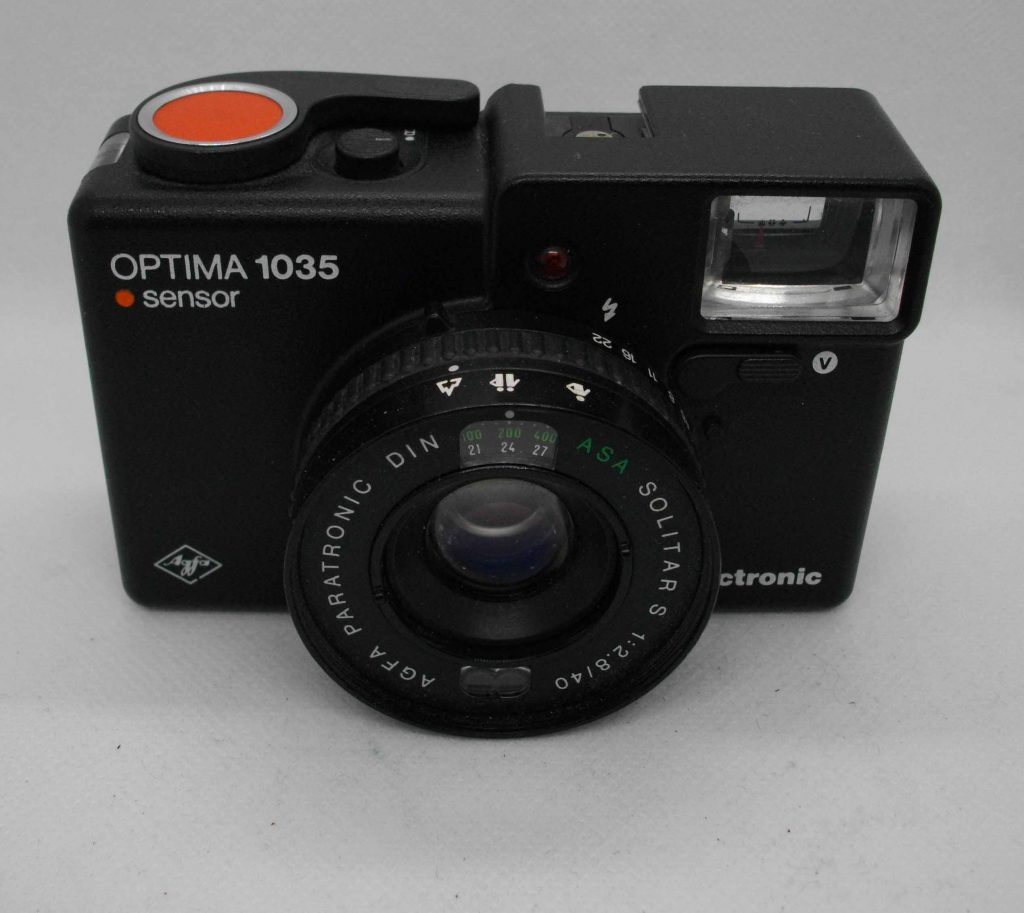
Like all of these pieces, I am interested in the experience of using film cameras. I like to learn about the history they represent, the age in which they were made, the effort to make them competitive. I admire the workmanship that went into these small objects. Here we have a truly small object, the Agfa Optima sensor electronic 1035. Black. Plastic exterior. Compact shape. Design by Agfa’s go-to company Schlagheck Schultes, reminiscent of the iconic philosophy of Dieter Rams and Braun. 4-element Solitar S 40mm f 2.8 lens (multi-coated). 255 grams. Shutter speed 15 seconds to 1/1000 of a second.
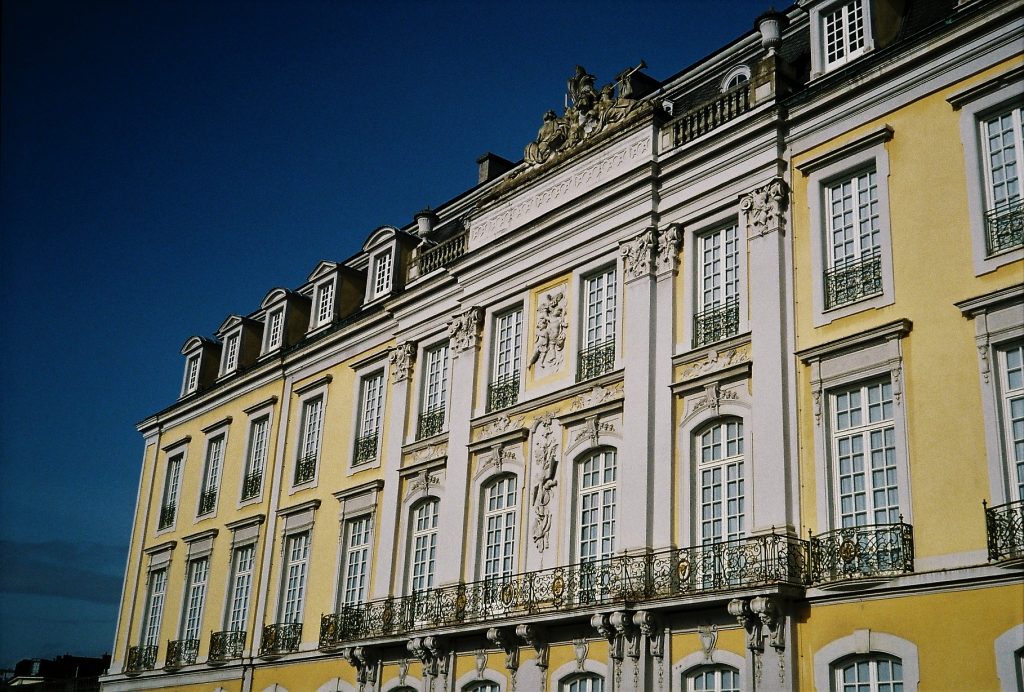
Fantastic clear viewfinder. Classic Agfa Red-orange Sensor shutter button. Prize-winning camera. Something to wear. Reminiscent of a later design philosophy by a Cupertino company.
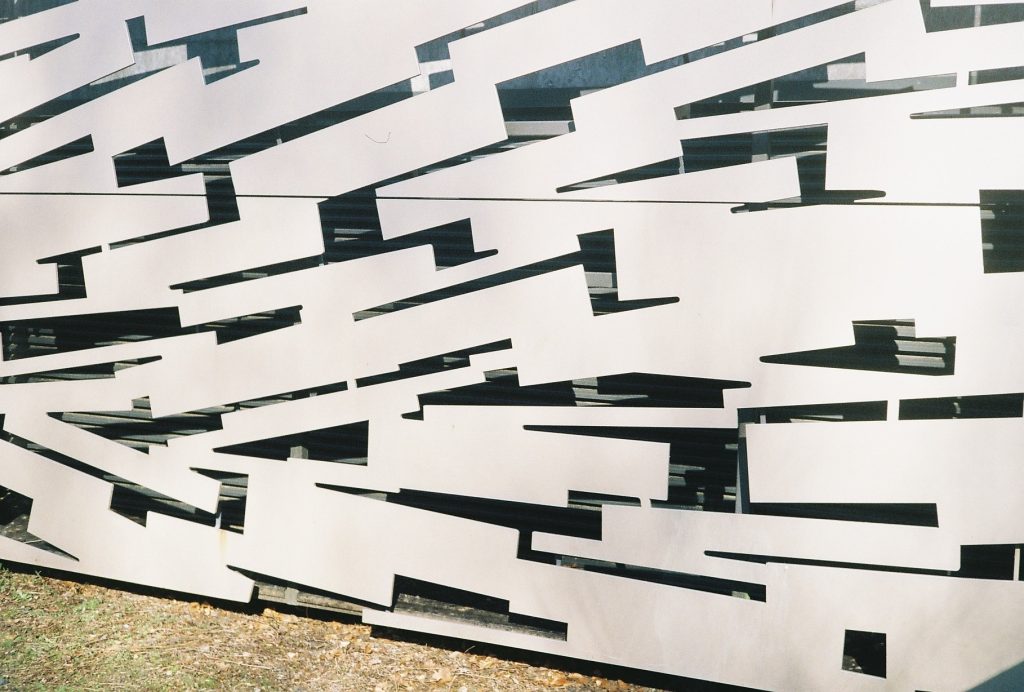
Curious rewind system – the film advance lever becomes rewind lever. When I used this the first time, I was apprehensive – could this actually work? Would I not again spoil precious film? But no, everything worked out fine. Have confidence in the mechanics.
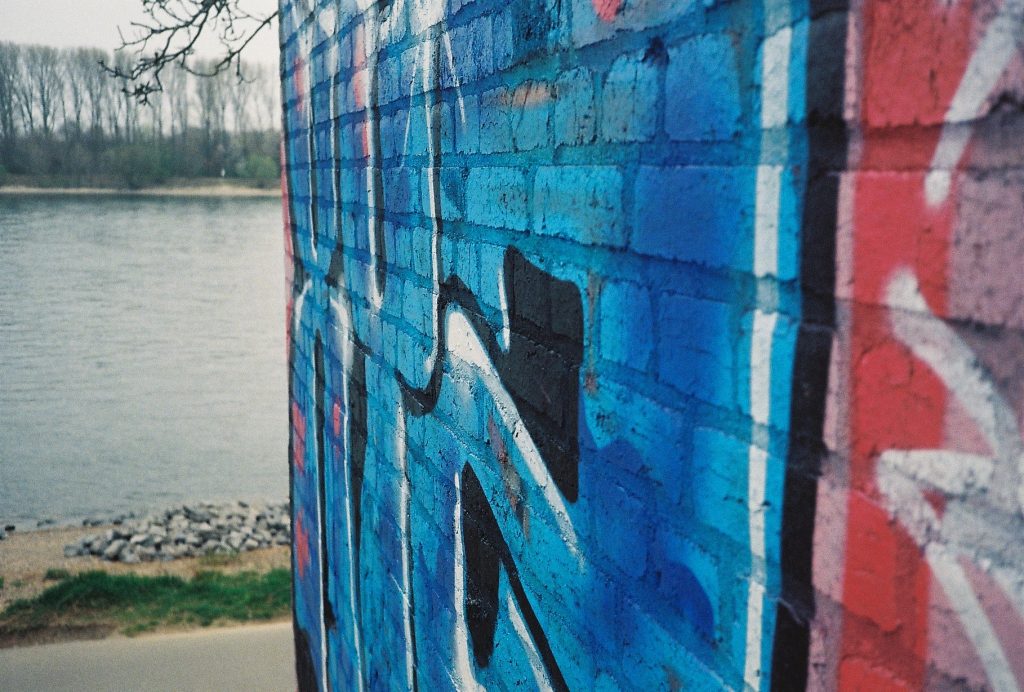
The exposed film is pushed into a light-safe chamber so that even if you open the back, your images are safe. A smart idea, and one of those that makes you wonder why it took decades for an engineer to think of it.
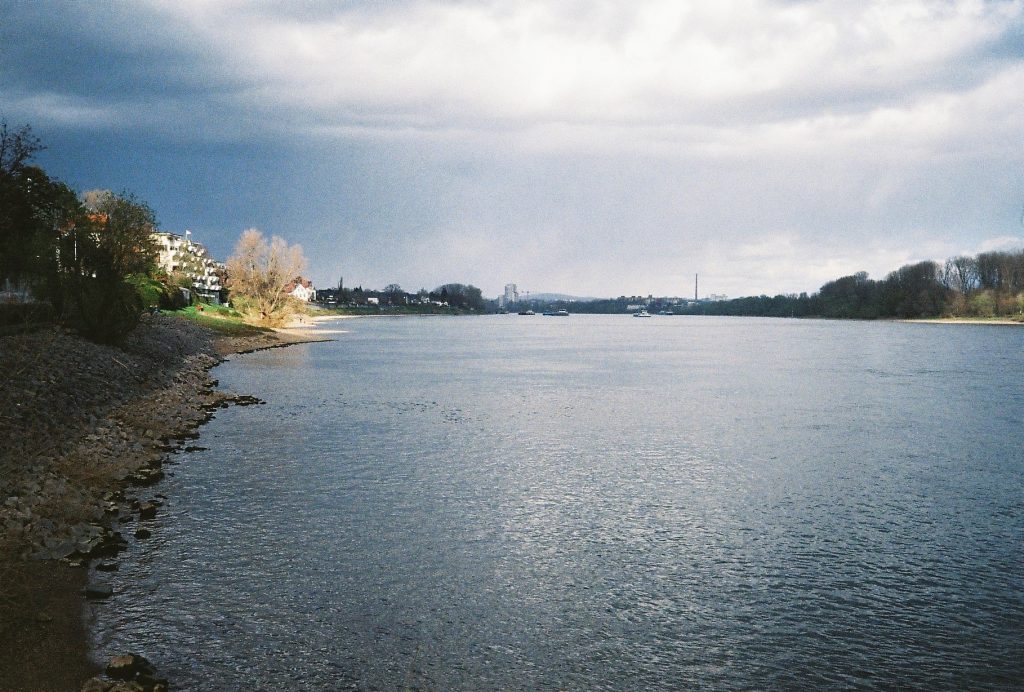
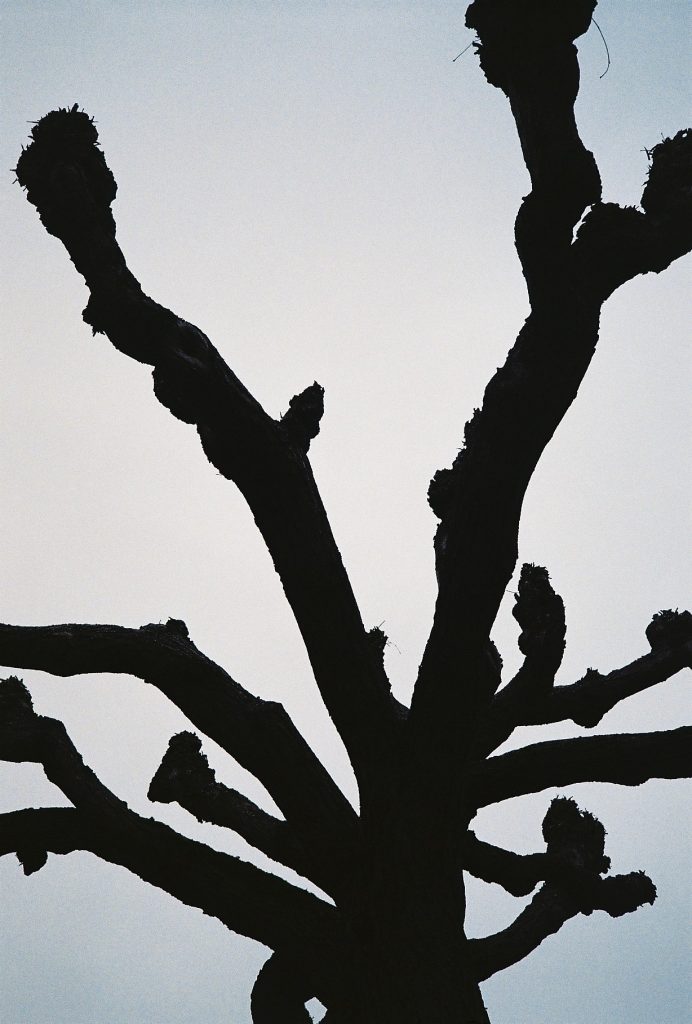
Made in Munich. You had to pay 298 DM at the time. What impresses me is the design philosophy, the ability to re-invent age-old mechanisms, the courage to offer bold solutions, and all of this in a neat small frame. Classic.
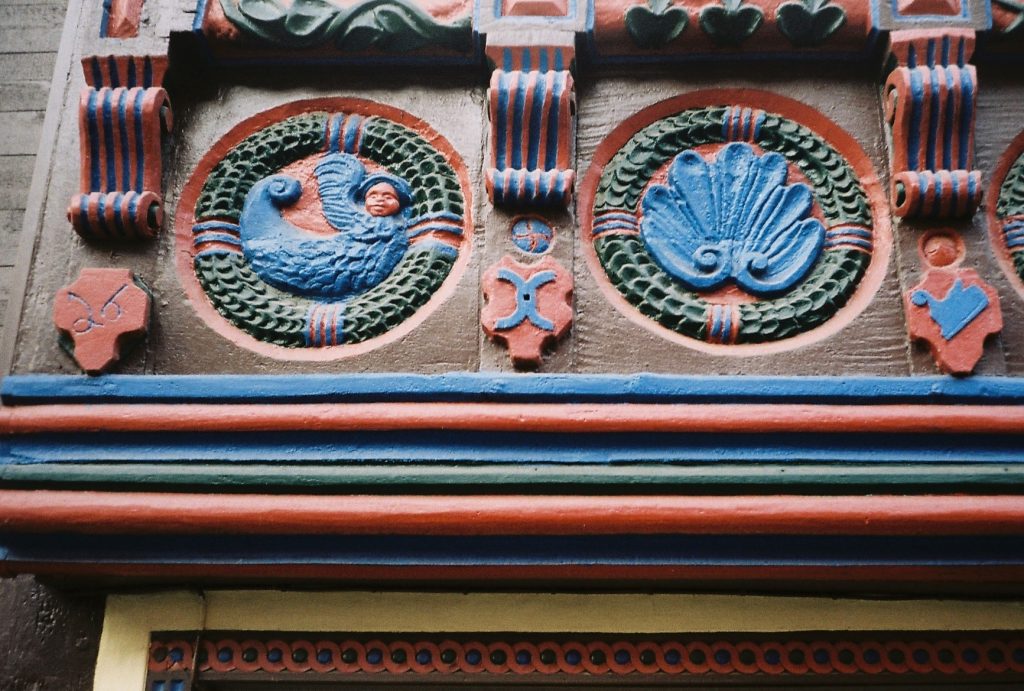
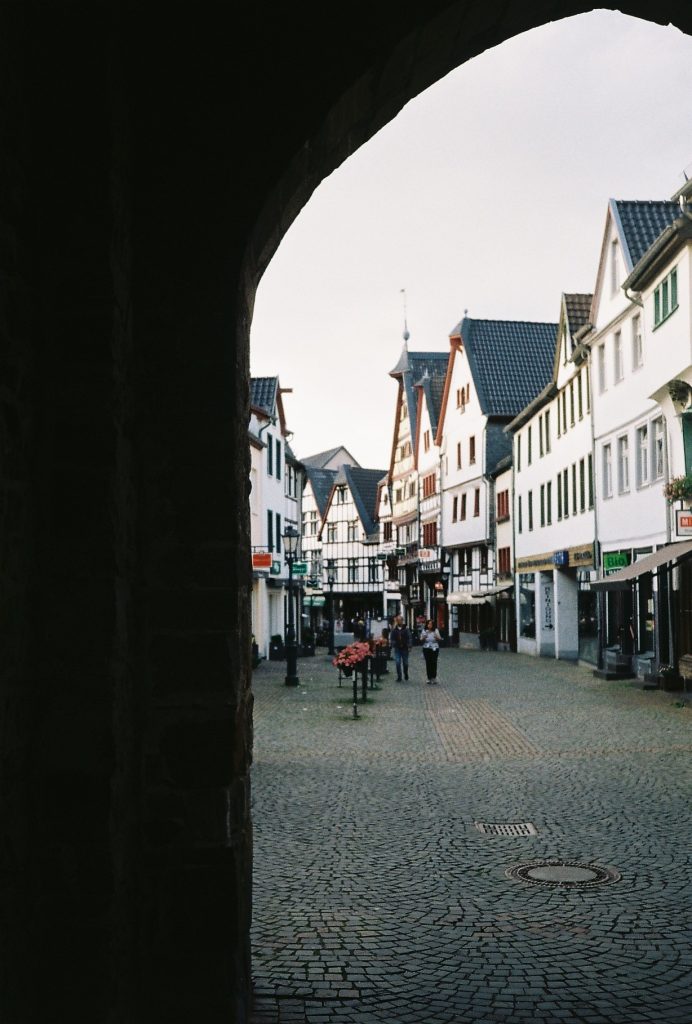
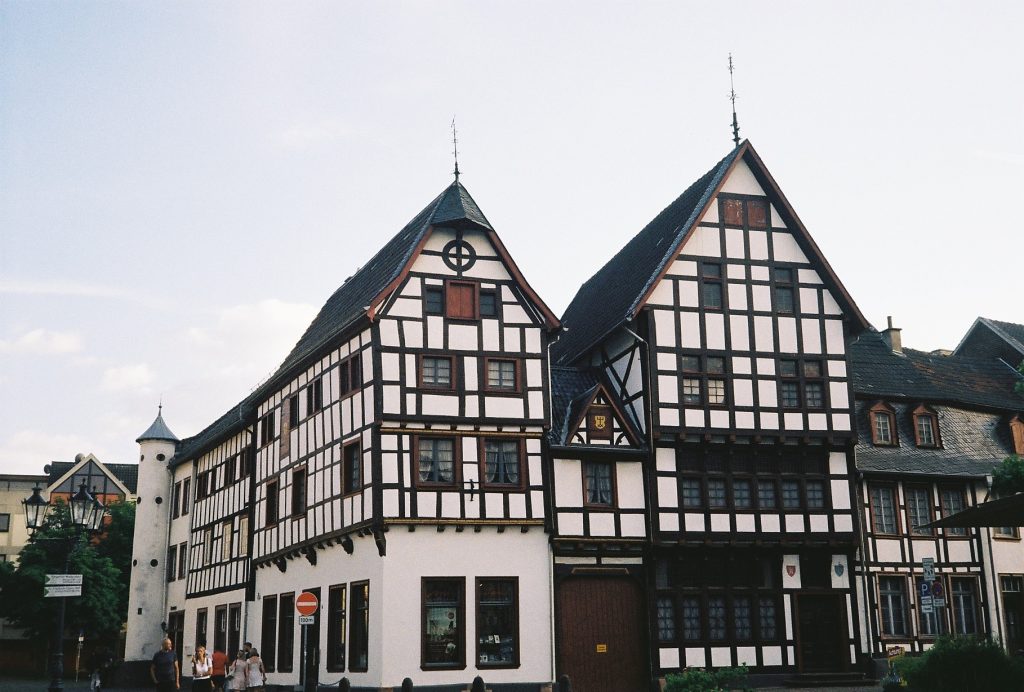
Links:
https://www.edition-oldenburg.de/agfa_optima.html